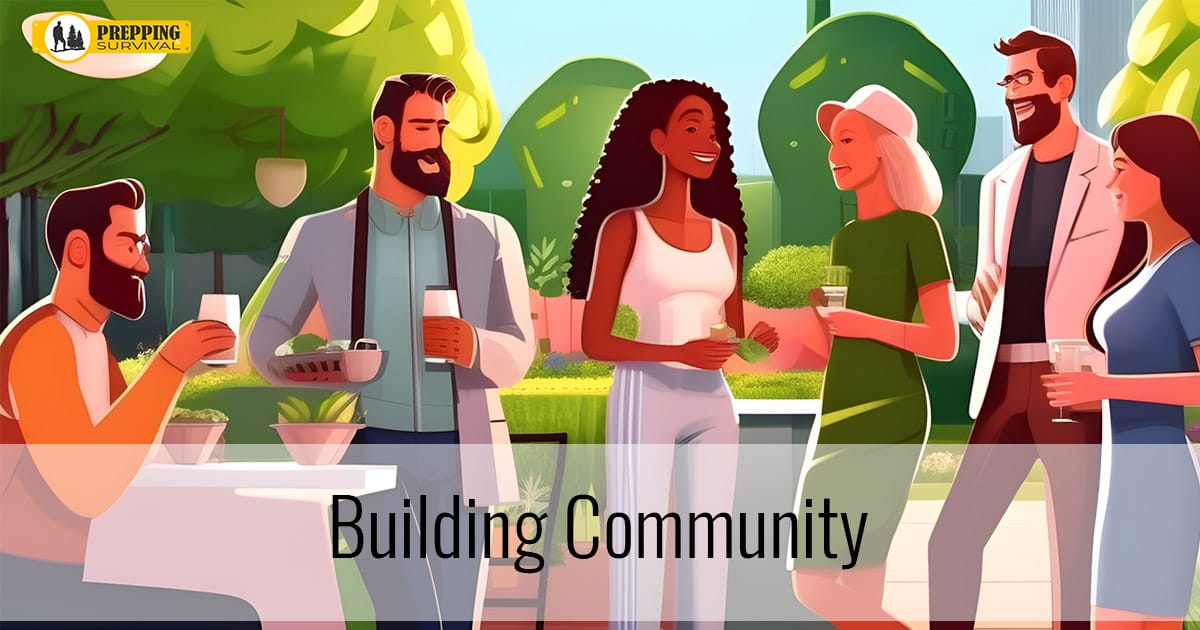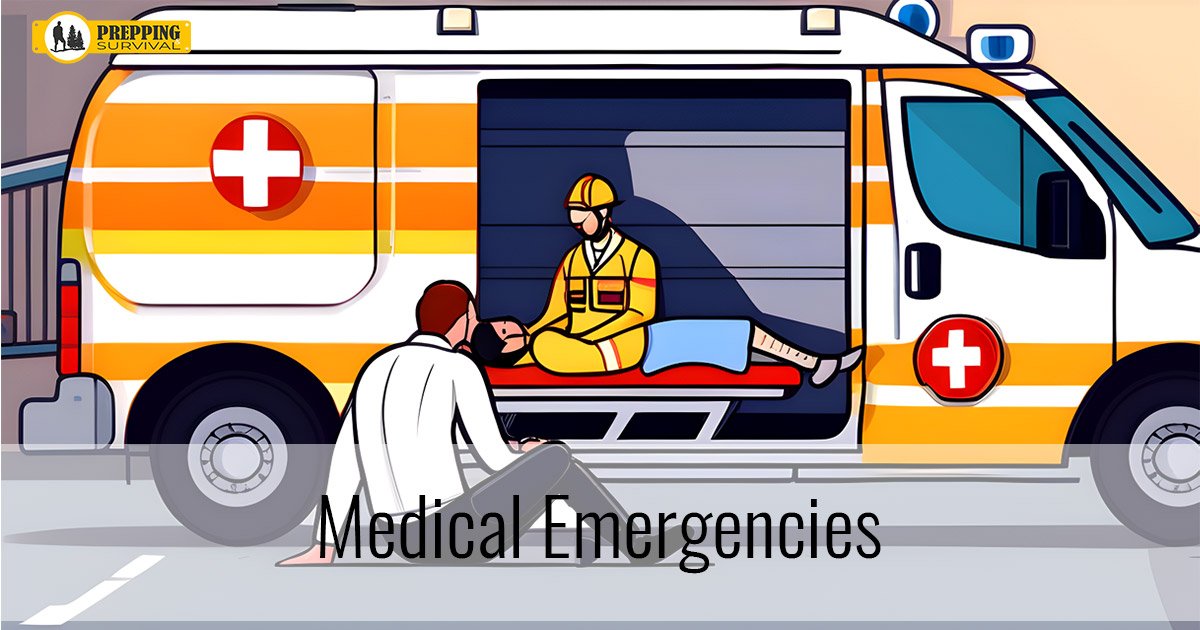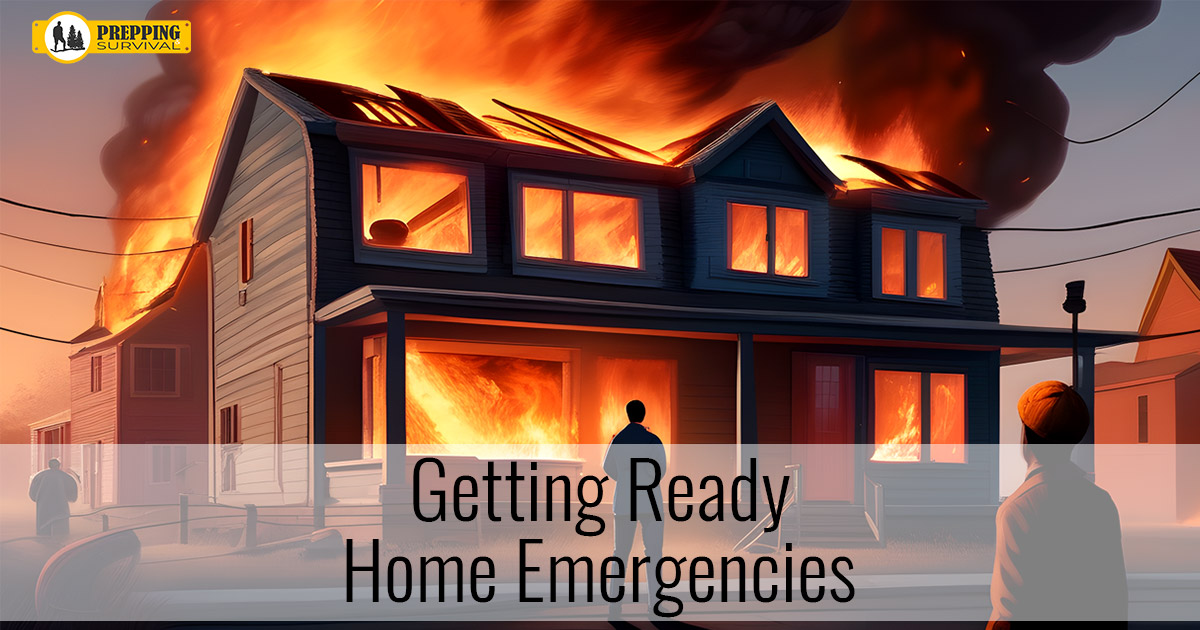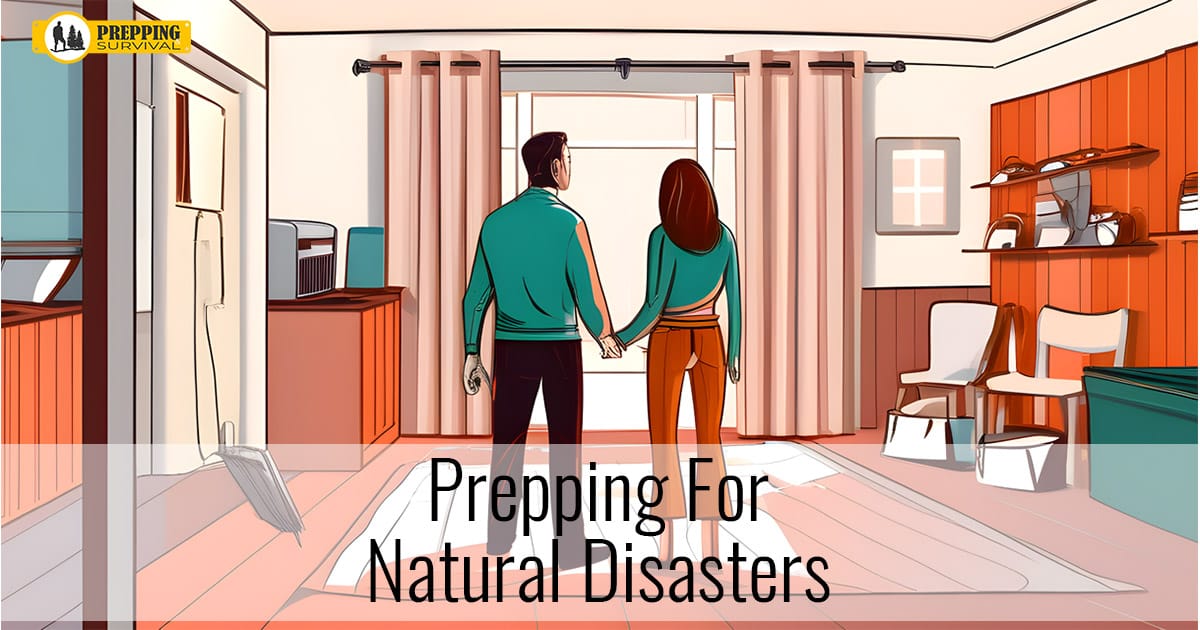When things get rough, you know, like really rough, it’s amazing how much having a strong community can help folks get through it. It’s about bouncing back, lending a hand, and tackling problems together. When everything seems to go haywire, having a close-knit community can turn those hard times into stories of triumph. Building community is a pilar in survival events.
Building community and trust in the group
Imagine this: a group where strong bonds, good chats, and teamwork are the backbone for facing any challenge together. It all starts by building those connections before trouble hits. Getting to know your neighbors, joining in on local events, and helping out with community projects—these are ways to create a network that’s ready to spring into action when needed.
By keeping these connections alive, you’re setting up a solid base that makes working together a piece of cake when disaster strikes. Communication? It’s the glue holding everything together. Sharing clear, honest, and timely information can calm nerves, squash rumors, and guide your community through the chaos.
Communications network
Set up a solid communication network, whether it’s through social media, local notice boards, or even ham radio, to keep everyone in the loop. Cooperation and shared goals fuel survival efforts. Host community meet-ups to discuss emergency plans, share resources, and assign roles so everyone feels like part of the team. Building community becomes so much more effective this way.
This teamwork does wonders for the community’s ability to tackle crises, from organizing supply distribution to coordinating search and rescue operations. Plus, it allows individuals to shine by sharing skills and knowledge. Workshops on first aid, food preservation, and emergency preparedness are golden opportunities to equip folks with essential know-how, making the community more resilient and ready for anything.
Inclusion and empathy are the secret sauce for building trust and unity. By looking out for everyone, especially those who might need a bit more help, you can really strengthen those community bonds. Making sure no one’s left out and showing some compassion goes a long way in promoting a supportive vibe, encouraging folks to lend a hand and share what they’ve got.
Conclusion: Building community and Trust
Building community and trust during tough times isn’t just about being prepared for emergencies—it’s about creating a sense of belonging and mutual support that can weather any storm. This trust and teamwork don’t just boost the community’s chances of surviving tough times, but also its ability to bounce back stronger than before. By valuing what each person brings to the table and working together towards common goals, communities can turn survival challenges into opportunities for growth and stronger connections.
Ever been through something like this? I’d love to hear your stories about how your community came through when it mattered most!
You may also like
From another post: Dealing with Stress and Anxiety in Emergencies
Stress and anxiety: Reactions
And sure, these reactions are totally human, part of our body’s built-in survival kit. But let’s be real, they can also mess with our ability to think straight, compromise our crisis management skills, and leave psychological scars that last long after the crisis is over. So, it’s just as crucial to keep these emotional gatecrashers in check as it is to know how to start a fire or find clean water.
The first step is to accept that stress and anxiety are our body’s default response to danger. They crank up our fight or flight response, getting us ready to tackle the situation head-on. But the real trick is to harness these reactions without letting them consume us. It’s about spotting the warning signs – a racing heart, fast breathing, restlessness, a mind that’s all over the place – and taking control.
Read more about dealing with stress HERE.






